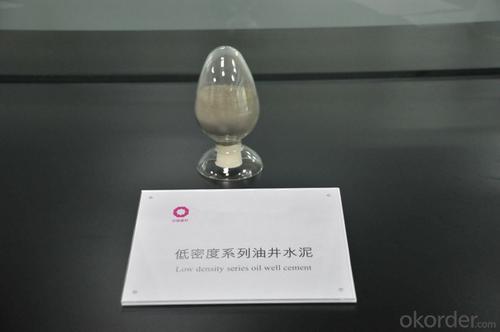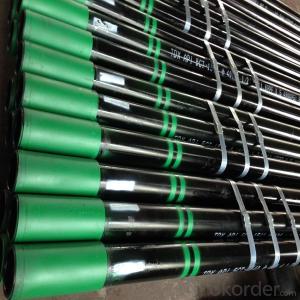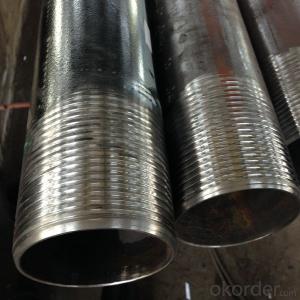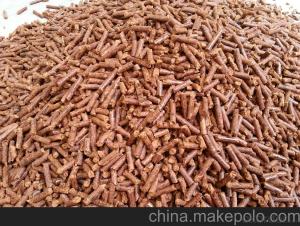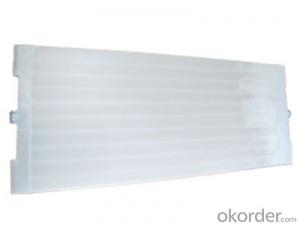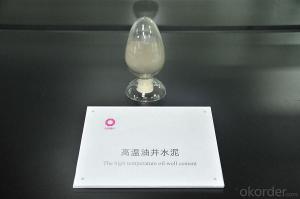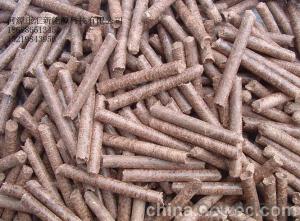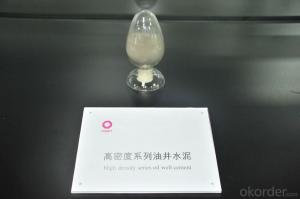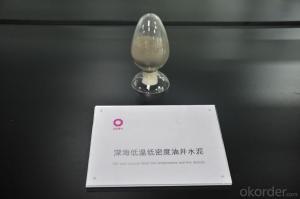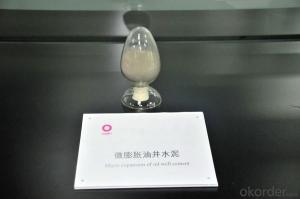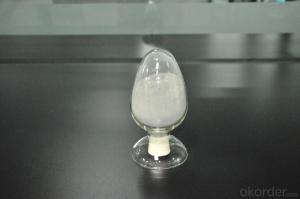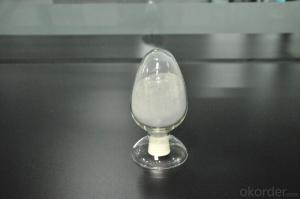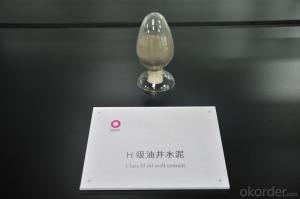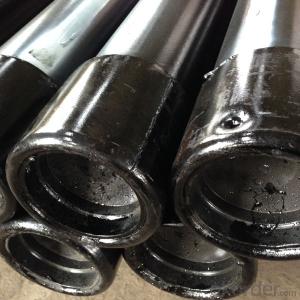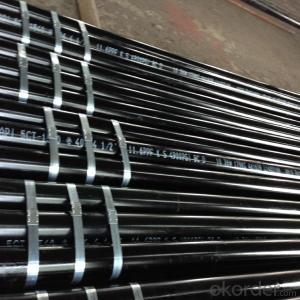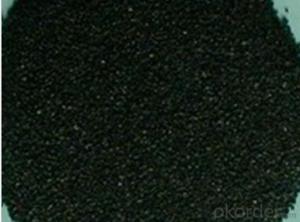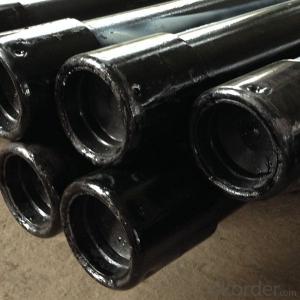Low-Density Oil Well Cement High Strength
- Loading Port:
- China main port
- Payment Terms:
- TT OR LC
- Min Order Qty:
- 1 m.t.
- Supply Capability:
- 10000 m.t./month
OKorder Service Pledge
OKorder Financial Service
You Might Also Like
Low-density oil well cement:
It is a series of new oil well cement products developed according to oilfield requirements by our company. The density range is 1.20-1.60g/cm3, and the typical product is 1.60g/cm3 oil well cement of high strength and low density. It is mainly composed of cement-based material, lightweight material and additives. The low-density oil well cement products have wide range of applicable temperature and their strength may not shrink. Meanwhile, this cement is of high early strength, good rheological property, low slurry density, less free fluid and fluid loss and low permeability at low temperature. It can often be used for shallow layer as lead slurry, and it has better effect of lead cementing particularly for deep cementing at complicated strata with low stratum pressure and active air layer. Such cement has been used in oilfield and its main property indicators have met the advanced level in
Main parameters:
(using product with density of 1.60g/cm3 as example)
Items | Indicators | |
Slurry density1)/(g/cm3) | 1.60±0.02 | |
Free fluid /% | ≤3 | |
Fluidity /mm | ≥240 | |
Thickening time 2)/min | 120~180 | |
Rheological property | Rheological index η3) | ≥0.5 |
Consistency coefficient K4)/(Pa·Sn ) | ≤2 | |
20~70 | ||
Dynamic shearing stress YP6), Pa | 2~8 | |
Compressive strength (24h, 20.7 MPa,45℃,60℃,90℃)/ MPa | ≥20.0 | |
Compressive strength (48h, 20.7 MPa,45℃,60℃,90℃)/ MPa | ≥22.0 | |
1) Slurry density prepared according to recommended water cement ratio; 2) Thickening time can be adjusted according to customer’s demand; 3) η=2.096lg(θ300/θ100); 4) K=0.511θ300/511n ; 5) PV=1.5(θ300-θ100); 6) YP=0.511θ300- 0.511PV. | ||
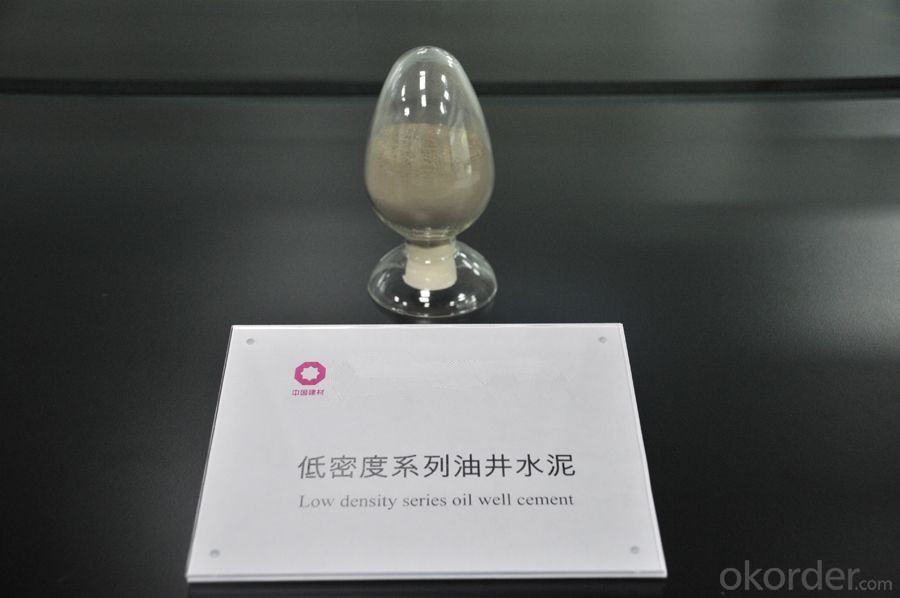
Packing and Storage
Packing: 1000kg/bag, 50kg/bag
Storage: Cement in transportation and storage when not damp and mixed with debris, different varieties and the strength grade of cement during storage to avoid confounding.
- Q: Metro energy feedback products which good?
- Before the subway brake is to use the electricity directly with the resistance to let go, so that it will cause a waste of electricity, as well as investment in two refrigeration equipment, this is very environmentally friendly. Shenzhen Sheng Hong electric for this problem has developed a product called UESS, to solve this problem, but also to solve the UESS Metro Traction voltage problem.
- Q: State approved products called new energy foods
- What you say should be a new resource food?In China, the newly developed, newly discovered, the introduction of no eating habits, in line with the basic requirements of food, non-toxic harmless to the human body, said the new resources of food.
- Q: What is the classification of energy?
- Energy can also be divided into different types. There are seven main points: the source is divided into the following 3 categories: the energy of the earth itself usually refers to the earth...
- Q: Which products need to be marked energy efficiency logo
- That nearly two years of practice, energy efficiency labeling system can promote the improvement of energy efficiency and energy saving technology, promote energy product market to efficient market transformation, plays an important role in regulating the energy product market, energy saving, protect the environment. Based on the severe energy situation and significant implementation effect, the promotion of energy efficiency labeling system is imperative. September 18, 2006, electric washing machines and air conditioning units are also included in the energy efficiency labeling products directory, for the relevant enterprises, they face not only challenges, but also more opportunities.
- Q: Definition of low carbon energy
- Low carbon energy is an alternative to high carbon energy sources, it refers to carbon dioxide and other greenhouse gas emissions low or zero emissions of energy products, including nuclear energy and a part of renewable energy.
- Q: I would like to ask you, China's electronic products have the use of energy classification, if so, what is the specific classification?
- At present, more than and 100 countries have implemented energy efficiency labeling system. For the blue and white background color identification, divided into 1, 2, 3, 4, 5 a total of 5 grades,Level 1 indicates that the product has reached the international advanced level, the most energy saving, the lowest energy consumption;
- Q: Energy Star certified product range
- To do this, you can look for women, there is a laboratory to ensure that through, Baidu search: Ningbo Lan Xiaohua, we know, maybe a lot of places can help you in the future ~ ~ ~ ~ oh
- Q: What are the economic operating standards for energy equipment and systems?
- Ten measures to build a resource-saving societyThe party's the fourth Plenary Session of the 16th CPC Central Committee through the "CPC Central Committee on strengthening the party's ruling ability construction decision" to "pay attention to family planning, to save resources, protect the environment and production safety, vigorously develop the circular economy and building a conservation minded society", as the important content of the party continuously improve the ability to control the socialist market economy, to further strengthen the party's ruling of our party capacity building, pointed out the direction. This is to accelerate the construction of resource-saving society, promote the development of circular economy, taking a new road to industrialization, to ease the bottleneck of resources, solve the well-off society facing resource constraints and environmental pressures, to ensure that major initiatives continued rapid and healthy development of the national economy, far-reaching significance.
- Q: What are the new energy sources?
- Generally there:Superconductive material, solar cell material, hydrogen storage material, solid oxide battery material intelligent material, magnetic material, nano material.Several new energy and new materials in the futureWave energy: ocean wave energy. This is an inexhaustible, renewable energy without pollution. It is speculated that the earth's Shanghai ocean wave energy stored up to 9 x 104TW. In recent years, the utilization of wave energy has occupied a place in the country's new energy development plan. Despite the high cost of wave energy generation, the need for further improvement, but the current progress has shown the potential commercial value of this new energy. A wave power plant in Japan has been running for 8 years, although the cost of generating electricity is higher than that of other power generation methods, it can save the cost of power transmission and so on. Currently, the United States, Britain, India and other countries have built dozens of wave power stations, and are running well.
- Q: Coal washing products are primary energy, or the two energy?
- Do not change the shape of coal washing, just reduce the impurities contained in it; coal washing process does not like cracking on oil, coal coking gas, various fuels like will produce high-temperature flue gas, combustible gas, waste steam and load pressure fluid and other available substances. Coal washing process loss of selected substances is only a small amount of coal in mixed sublation in it, this conversion and other primary energy saving, waste rate nap: side, more importantly, in the coal washing and processing did not release any energy, is not the "first time" to be used as a source of energy use.
Send your message to us
Low-Density Oil Well Cement High Strength
- Loading Port:
- China main port
- Payment Terms:
- TT OR LC
- Min Order Qty:
- 1 m.t.
- Supply Capability:
- 10000 m.t./month
OKorder Service Pledge
OKorder Financial Service
Similar products
Hot products
Hot Searches
Related keywords



